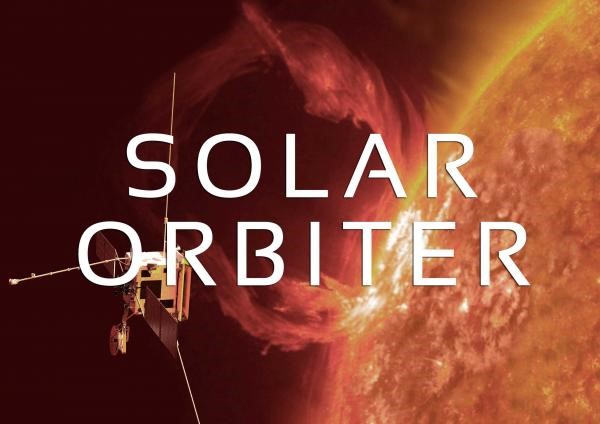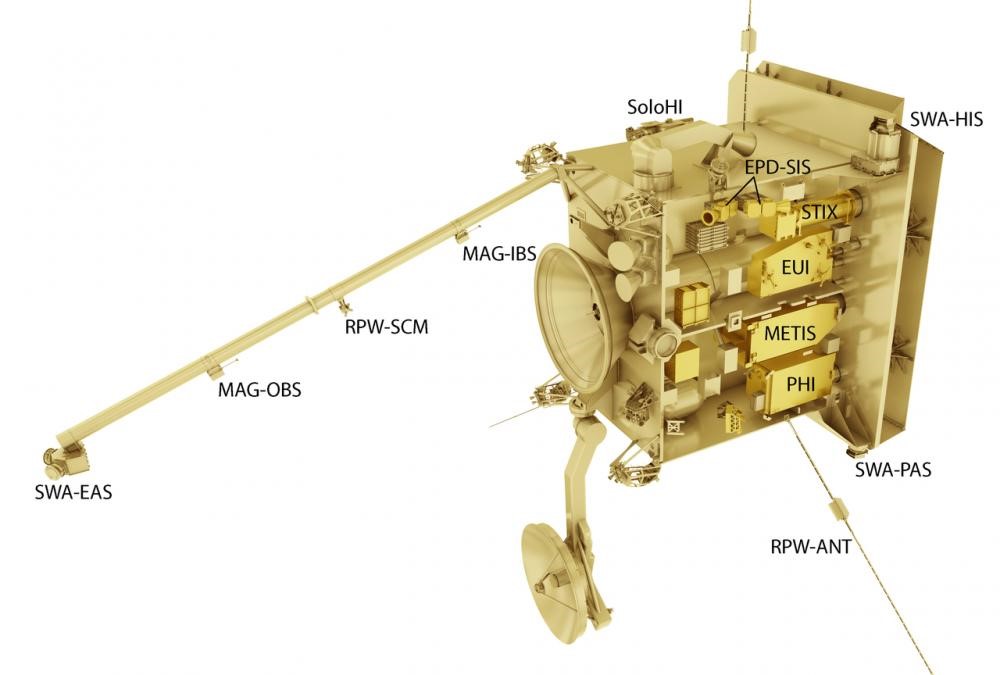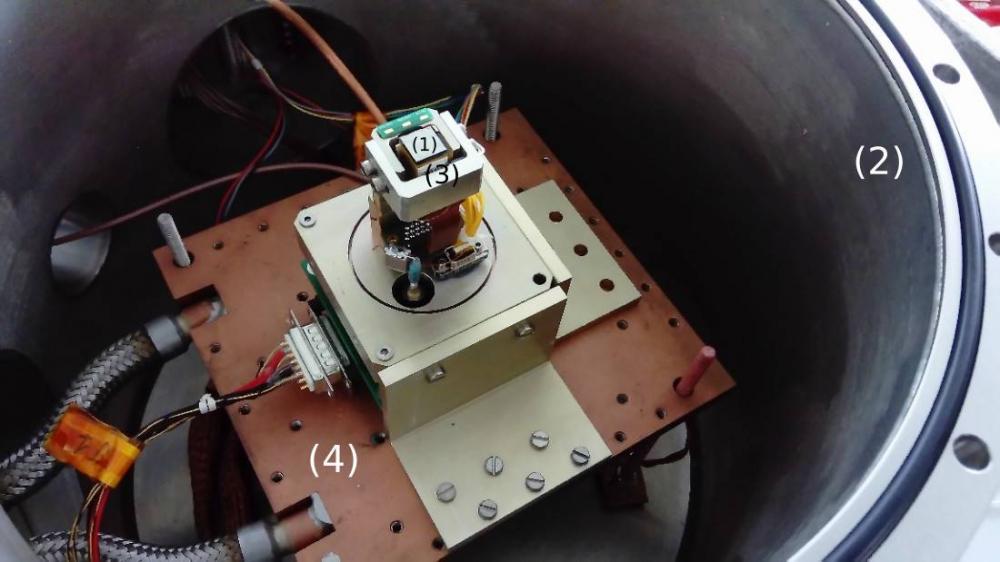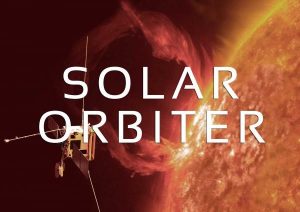The objective of the Solar Orbiter mission is to understand the Sun's influence on the heliosphere (its magnetic cocoon), in order to understand how our star influences our solar system.

For the first time, images and data will be collected from the polar regions and from the non-visible side of the Sun from the Earth because the satellite will not remain in the plane of the ecliptic, and will rise over time to see the poles and high latitudes of the Sun.
The satellite has 10 scientific instruments on board, 6 of which will make in-situ measurements as close as possible to the Sun (up to about 0.28 astronomical units, a distance comparable to that of Mercury's orbit) of the properties of energetic particles and electromagnetic waves in the solar wind, and 4 other instruments that will image solar emissions in different wavelengths (visible, UV and X) as well as field maps.

At the CEA, Irfu laboratories from the Department of Astrophysics (DAP) and the Department of Electronics, Detectors and Informatics (DEDIP) contributed to the STIX instrument, which will provide X-ray spectro-imaging data from the interaction of electrons in the solar atmosphere. Studying these electrons allows us to trace the physical processes of solar flares.

The CEA teams designed and built the focal plane of the STIX instrument consisting of 32 detectors made up of a crystal (CdTe) behind which is a reading integrated circuit (ASIC), forming an assembly called Caliste. The company 3D-Plus, a world leader in the design, production and marketing of 3D electronic components, contributed to the integration of the microelectronics of these Calistes.
These detectors will be able to withstand the extreme conditions of the space environment, to measure photon energy one by one with high resolution (1 keV @ 6 keV to 15 keV @ 150 keV) and over a wide energy range (from 4 to 150 keV). These performances will allow to reconstruct in real time, on board, images of the Sun in different X-ray colours.
As a 3-dimensional digital STIX camera will provide images in different X-ray colors that will be linked to other measurements from the satellite instruments such as the distribution of electrons (from the in situ instrument EDP) propagating in the solar upper atmosphere in the interplanetary medium. STIX will provide information on the timing and location of the electron beam acceleration, and the intensity and spectrum of the accelerated electrons causing the X-ray emissions.
These cross-instrumental analyses will allow us to understand the physics of solar flares which contain many questions related to the solar cycle, particle accelerations, magnetic field.

STIX Consortium
The Spectrometer/telescope for Imaging X-rays (STIX) experiment was proposed by an international consortium led by the FHNW (Fachhochschule Nordwestschweiz) in Switzerland (PI S. Krucker) in response to ESA's invitation to tender for Solar Orbiter.
The French participation involves CEA/Irfu for the realization of the detectors and their characterizations and LESIA (Paris Observatory) for the ground segment (development of a data access interface and processing software).
The scientific operation of STIX after launch is under the co-responsibility of these laboratories. At Irfu, a characterization bench with space qualification detectors and an X-ray generator will be operational in the laboratory for the duration of the mission in order to reproduce the responses of the detectors.

In addition to the instrument responsibilities, Allan Sacha Brun and Antoine Strugarek are members of the Solar Orbiter Data Analysis Working Group (MADAWG) which provides numerical simulations and software for data analysis.
Numerical simulations are carried out to control and understand
- the physical mechanisms by which eruptions are triggered,
- the propagation of these eruptions in the heliosphere,
- how the sun's magnetic cycle works,
- the solar wind and its role on the impact of these 3 processes in the interstellar medium.
crédit: A. Strugarek, CEA
3D simulation of the solar interior showing the processes at work behind the 11-year solar cycle. The Sun's turbulent convective motions are represented by the blue (descending) and red (ascending) structures, which carry the Sun's luminosity to its surface. The magnetic field of our star, which shows an 11-year cycle, is represented in the interior of the Sun by the white/blue ribbon that now evolves within the turbulent structures that surround it. Outside the Sun, we represent an extrapolation of this same magnetic field to materialize its influence on the Sun's environment. During this video, the Sun's magnetic field undergoes a complete reversal, changing at the solar pole from blue to yellow.


